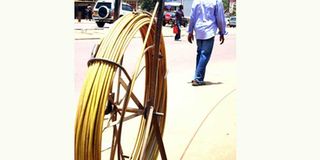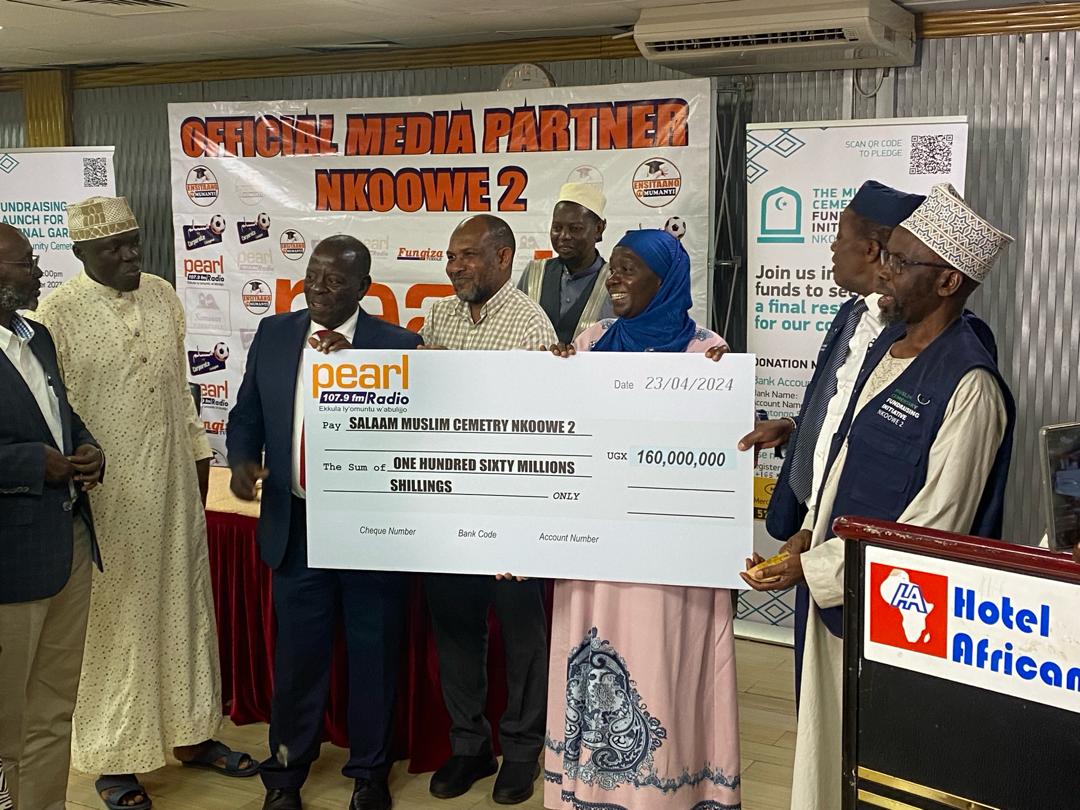Forensics dispute quality of Uganda’s internet cables

Cables being laid across the country.
Uganda is laying the wrong fibre optic cable for the national backbone infrastructure, forensic auditors have said.
Just like several reports before it, the report said Uganda is using the G652 type whereas it should be using G655 for the kind of data Uganda will need to transmit.
The report comes a year after the Inspector General of Government released a report, saying the Chinese company, Huawei Technologies, was laying cables of only 24 cores whereas experts recommend 96 cores as a minimum to ensure that future growth in data and video usage is not interrupted.
But despite instructions from both local and international experts, and Parliament to halt the project until the technical issues have been resolved, Huawei Technologies has continued with its work.
The National Transmission Backbone Infrastructure and related e-Government Infrastructure is a project funded through a $106m (Shs265 billion) concession loan from China repayable in 20 years.
The audit conducted in mid-2011 by Kenyan company, Telecoms Infrastructure Ltd, was to ascertain, among other concerns, whether value for money was achieved.
But in a statement to this newspaper, the National Information Technology Authority of Uganda (Nita), a body in charge of monitoring the project, insists the cables used are of the best quality.
“We are satisfied with the exercise and the report, which identifies some issues that the contractor needed to address. The contractor has since resolved the issues,” Nita-Uganda said in a statement.
According to the 488-page report, auditors expressed difficulties in locating the exact spots the cables were laid. Ideally, the spots are supposed to be clearly labelled with markers but there is none.
“For example, to trace transmission room of Entebbe, we spent four hours looking for it,” the auditors said. In many cases, the contractors could not locate the points the cables were laid and had to depend on trial-and-error to locate them.
Poor depth cables
Of the 20 pits randomly excavated on the Entebbe-Kampala route, only one reached the recommended 1.2 metres depth. On the Jinja-Kampala route, only four out of 26 pits attained depth specification. On the Bombo-Luweero route only two out of eight pits were up to standard.
The report says only 43 per cent of cables laid in Phase I of the project are protected from damage and 122 points of 299 scheduled for Phase II of the project are safe.
It found that earth wiring in some stations such as Mukono and Jinja were inadequate.
The three-year project involves building a 2,100-kilometre fibre optic cable network linking 20 major towns, making Internet accessible to Ugandans. It is meant to be linked to submarine cables at the East African coast and provide faster and cheaper Internet access to Uganda.
The fibre case
Questions about the type of cable were raised as far back as June 2009. In a brief to the ICT ministry, the Project Implementation Unit recommended a shift from G652 to G655 cables. The unit argued that the cable used has Four Wavelength Mixing, a phenomenon that introduces signal distortion that is extremely difficult to overcome.
It also said the cable has very high levels of chromatic dispersion, a phenomenon that introduces errors during signal transmission.
The bandwidth per fibre was too small. Bandwidth is the amount of traffic the fibre can carry simultaneously.
The G655 has a capacity of transmitting 40GB per second whereas the current one can only transmit 2.5GB, upgradable to 10GB




